35 Years Since Chernobyl: The Radioactive Elephant in the Room
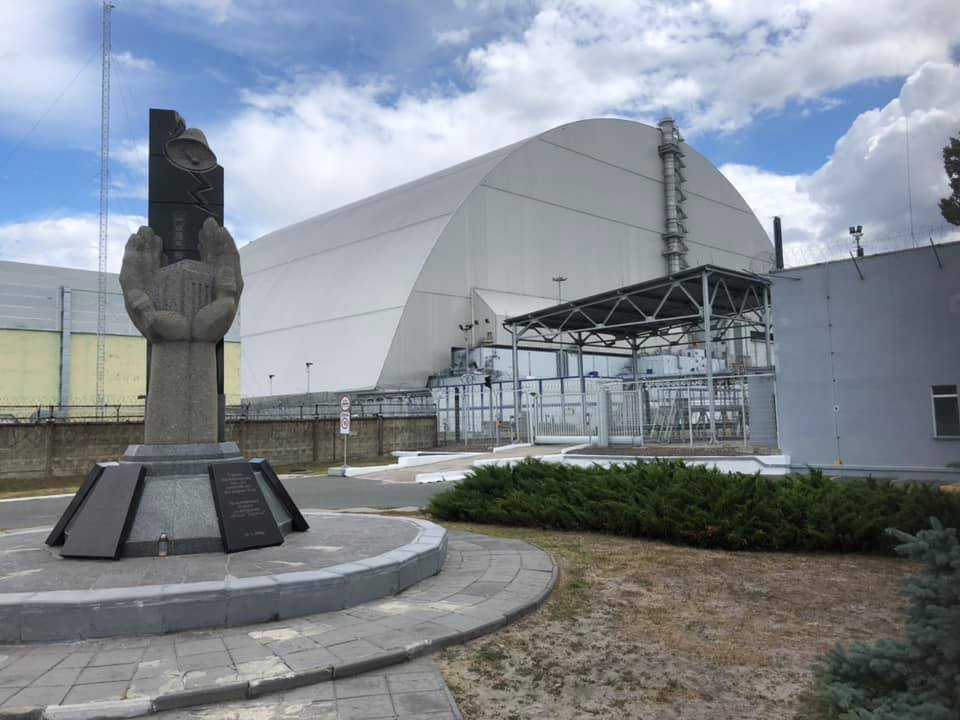
Chernobyl, 1986. In the early hours of April 26, a botched test at the nuclear plant in then-Soviet Ukraine triggered a meltdown that spewed deadly clouds of atomic material into the atmosphere, forcing tens of thousands of people from their homes, and ultimately leading to the premature death of thousands more.
Growing up in the late 1980s, I vividly remember the “fall out” from the Chernobyl disaster. Or at least I think I do.
What I actually remember is the post-apocalyptic picture painted by the Western media, which portrayed a vast area around the nuclear plant as a permanently uninhabitable nuclear wasteland. Much hysteria was understandable, this was at the height of the Cold War, before “Perestroika” and before “Glasnost”, and so the Soviet Government tried to cover up the accident. Before the internet, and 24-hour rolling news coverage, our insight was limited, and well-meaning interpolation usually ends up with extrapolation.
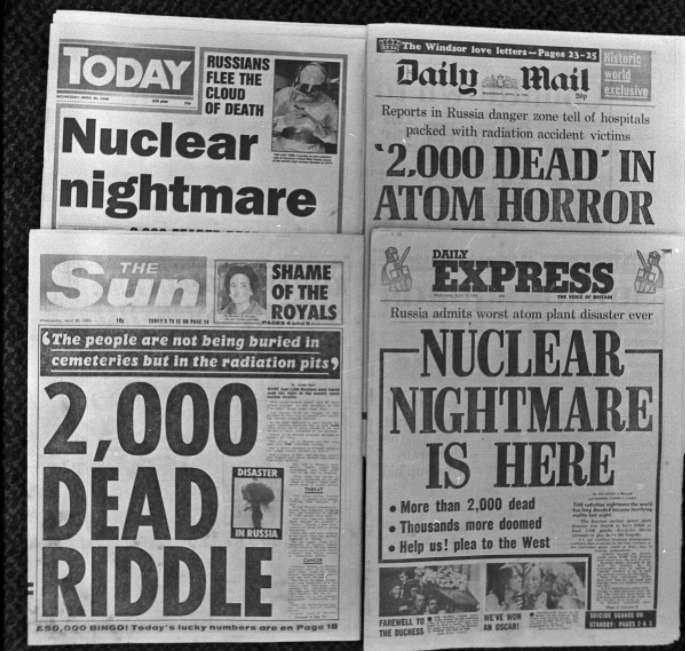
Back then we were obsessed with Nuclear Armageddon. It was just a fact of life: most of us assumed that we’d die in a nuclear explosion or a nuclear accident (and if you don’t believe me check out this rather charming video of British children in 1966 trying to predict what life would be like in the year 2000 – most of them don’t think that they’ll make it that far without being “nuked”). Chernobyl, together with Three Mile Island and Fukashimi continues to cast a shadow over the public perception of nuclear power.
I don’t intend to retell the story of Chernobyl here. HBO already did it much better than I ever could (albeit in a somewhat sensationalist manner), but it is safe to say that the principal cause of the disaster was politically inspired hubris that convinced management that the RBMK reactor was “inherently safe when operated within established parameters” and that an accident would be “impossible” if workers followed established procedures (spoiler: it wasn’t, and they didn’t).
The death toll from the disaster is disputed, the United Nations estimate that between 4000 to 16000 people died prematurely as a result of the accident. I don’t want to minimize the suffering of the victims of Chernobyl. Lots of them died painful, horrible deaths, many as a result of selflessly sacrificing their own health in order to save others. As a child, I was haunted by the images of the Liquidators, the so-called bio-robots, people who were charged with cleaning large chunks of radioactive graphite from the roof of the reactor. The monument to them just outside the reactor reads “To the heroes, professionals, to those who protected the world from nuclear disaster”. They are heroes in every sense of the word.
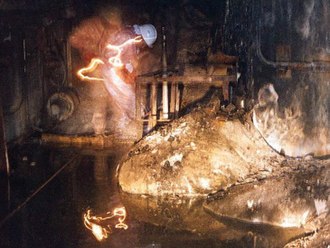
So just how dangerous is Nuclear power?
Let’s try a thought experiment. Imagine two small towns, one in the USA with a population of 11,000, one in the EU with a population of 27,000. Each of those towns would consume about 1 TWh of energy to meet all of their needs over the course of a single year. The American town is smaller because Americans on average consume much more energy than Europeans (70MWh per year compared with 37MWh in 2015).
Now let’s imagine that each of those towns gets all their energy from a single local source. To provide 1TWh of energy, how many people in each town would die due to the production of that energy?
Staggeringly, if they got all their energy from coal, by the end of the year 25-30 residents in each town would have died prematurely, some as a result of production accidents, but mostly as a consequence of air pollution from burning the coal. If the energy was from oil, then on average 18 residents would die prematurely during the year. Five people in the town would die if all of the energy came from the combustion of biomass, and three if the energy came from gas.
And what about nuclear? Well, if the towns got their energy from a nuclear power plant, probably none of them would die in a single year. In fact, it would take 14 years of nuclear production and consumption before we’d expect to lose a single resident to premature death in either town. The 0.07 deaths/TWh fatality rate that we have used for nuclear includes a conservative estimate of the deaths that resulted from Chernobyl. It is taken from a 2007 study that obviously did not include Fukushima casualties, however, a more recent 2016 study that does include the Japanese disaster estimates 0.01 deaths/TWh from nuclear energy.
Even if you do not agree with the nuclear casualty numbers used to produce these estimates (and by most accounts, they are very conservative) since nuclear power contributes 2500 TWh of baseload electricity generation across the world every year, the casualties would have to be orders of magnitudes higher to be comparable with deaths caused by coal or oil.
“But what about renewable sources of energy?”, I hear you ask. Well even then, nuclear compares favorably. If you accept the 2016 estimate of 0.01 TWh per nuclear fatality, then nuclear is approximately three times safer than even wind energy, and twice as safe as solar.
If you do that calculation across the whole world – 2.17 million people die every year as a direct consequence of power generation, which is comparable with the current 3 million person death toll from coronavirus. This number would be much higher if everyone in the world consumed energy at the same rate as Americans or Europeans (which is the aspiration of many people from elsewhere).
All but 1000 of those yearly deaths are as a consequence of our over-reliance on fossil fuels (which account for 99.96% of the fatalities). Fossil fuels kill more people every MONTH than nuclear power ever has, or probably ever will. However, unlike coronavirus, almost no one worries about these deaths, or ever talks about them. Society simply regards them as an acceptable price to pay for our standard of living.
Chernobyl Today
But is Chernobyl still a radioactive nuclear wasteland?
Last year I made my own pilgrimage to Ukraine to visit Chernobyl and Pripyat, which I describe below for those interested. It’s a trip that I highly recommend not least of all because it involves spending time in Kyiv, which is a wonderful experience in itself.
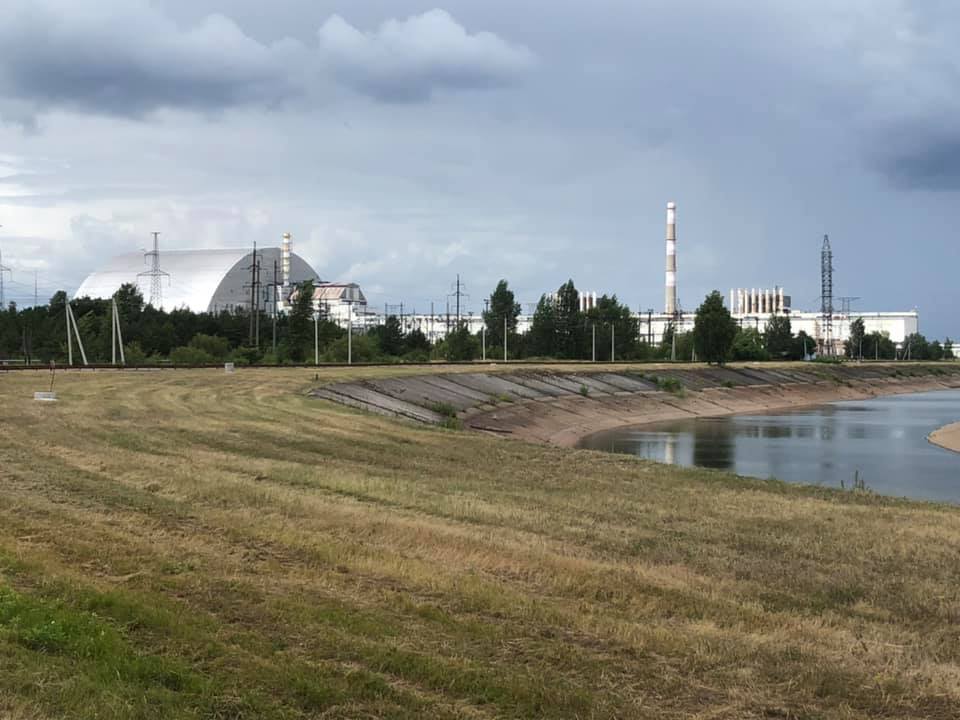
On entry to the restricted zone, we were equipped with handheld Geiger counters, lapel pinned dosimeters and banned from wearing open-toed shoes or sandals. We were also subjected to radiation scans by the Ukrainian army: twice on the way into the zone and twice on the way out. No one explained what would happen to us if they detected a harmful dose of radiation. Some groups dressed up in full radiation suits for photographs, but I chose not to.
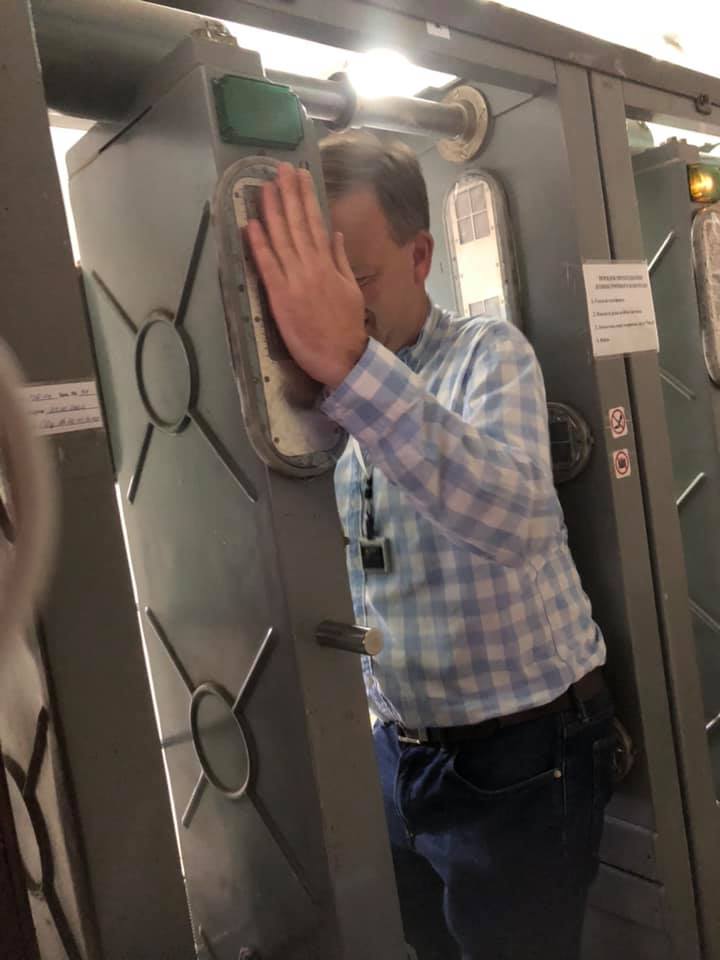
The highlight of the tour is a stroll around the deserted streets of Pripyat, still resplendent in Soviet-era iconography that has all but disappeared across the rest of the former Soviet Union. At the time of the accident, Pripyat was the most modern and privileged city in the Soviet Union full of modern architecture and amenities that were not available elsewhere, such as a 50m swimming pool or the Soviet Union’s first supermarket.
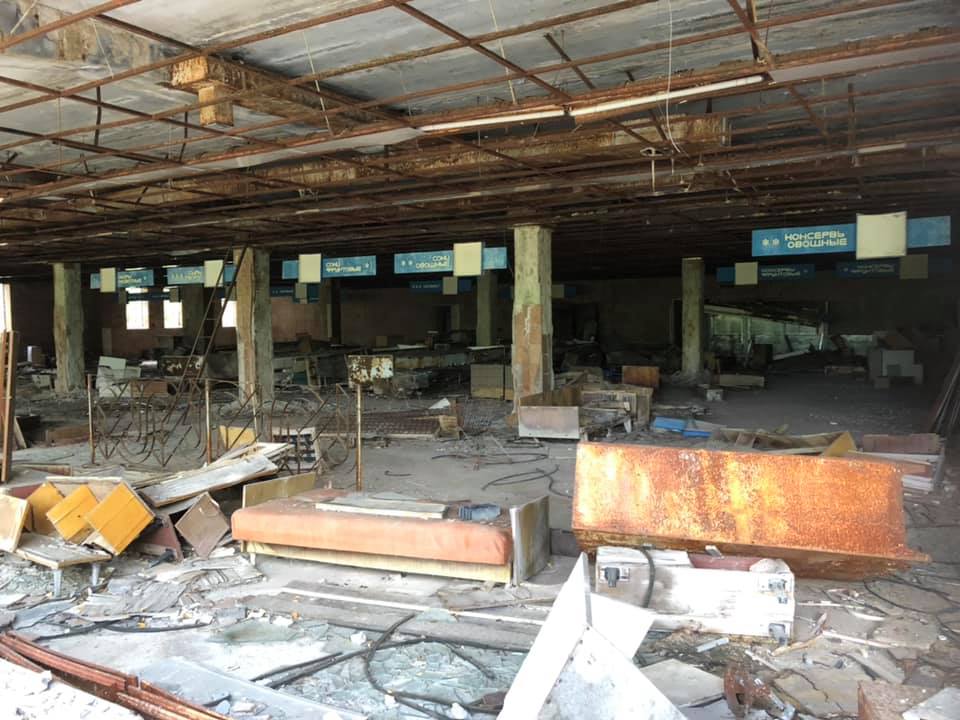
For most of the tour, Geiger counters remained disappointingly silent picking up no more radiation than you’d be exposed to on a transatlantic flight, but once in a while, we were ushered by our guide towards a “radioactive hot spot” (such as one on the underside of one of the famous yellow Ferris wheel carriages).
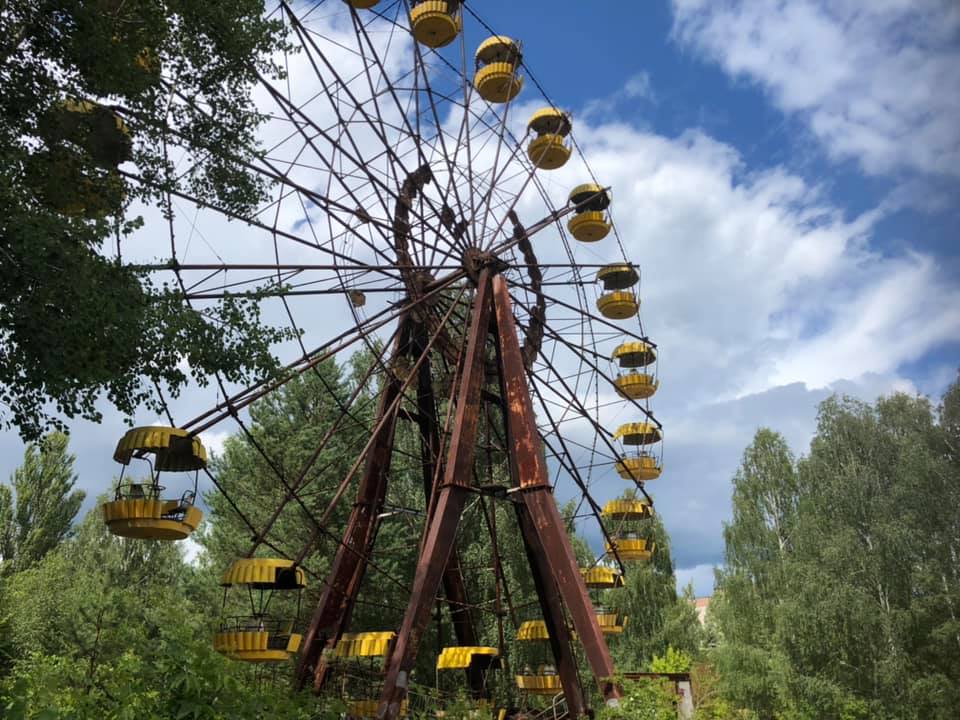
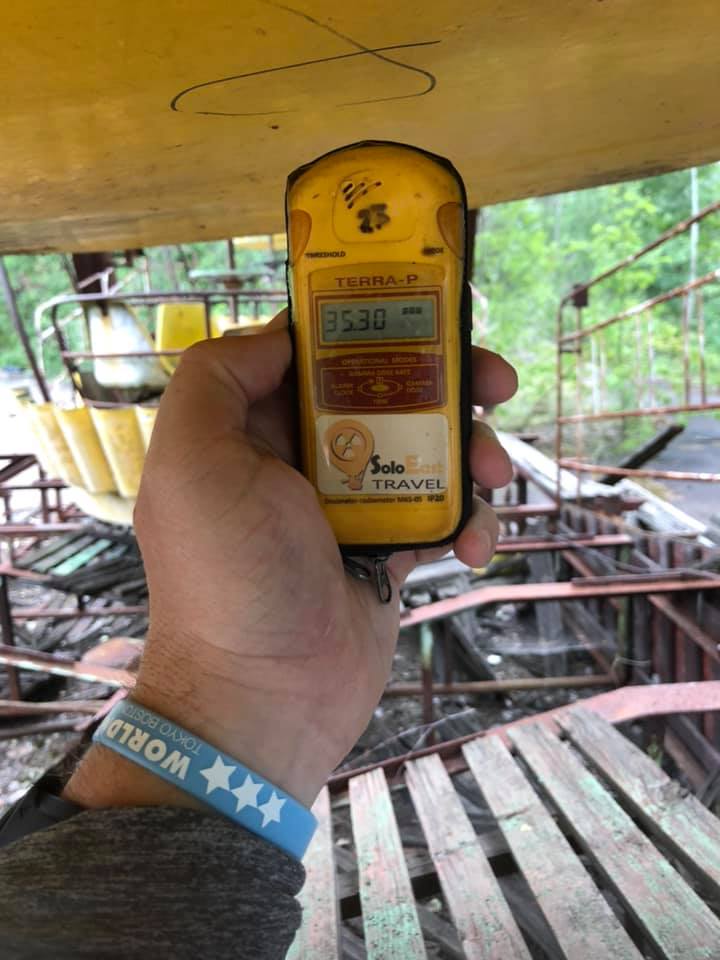
It is difficult to get a full sense of the place because large areas of the town are being reclaimed by a forest whose canopy now obscures complete apartment buildings. The brand new stadium that once occupied pride of place in a football-loving city now overlooks a forest where the pitch once was. We were not supposed to enter any deserted buildings, but our tour guide covertly shepherded us into the police station which was surrounded by rusting Soviet-era trucks and cars.

I’d expected it to feel sad and eerie and perhaps upsetting, the same sort of resonance that haunts places like Auschwitz or Ypres, but instead, it just seemed calm, and honestly rather lovely. There was no real sense of loss or grief.
Apart from the initial thrill of recognition, there isn’t really much to see at the reactor site, which is mostly hidden beneath the recently installed “New Safe Confinement Shield” which encases the remains of the number 4 reactor building. Unlike Pripyat, the reactor site is not deserted, as thousands of international workers work to safely decommission the radioactive remains of the site. Nuclear clean-up is scheduled for completion in 2065
Even this close to the accident site the radiation is not high, only emitting a low buzz as you stand holding the small yellow Geiger counter towards the vast arch of the new containment shield. Other than the memorial to those that lost their lives, it feels pretty much like peering over the fence at any other industrial or power generation site. 3000 people still work here, and perhaps the biggest shock of the visit is the realization that the adjoining Number 3 reactor was still producing nuclear power until December 2000, 14 years after the accident. Rather than a scene of nuclear Armageddon, it looks like any other busy industrial site.
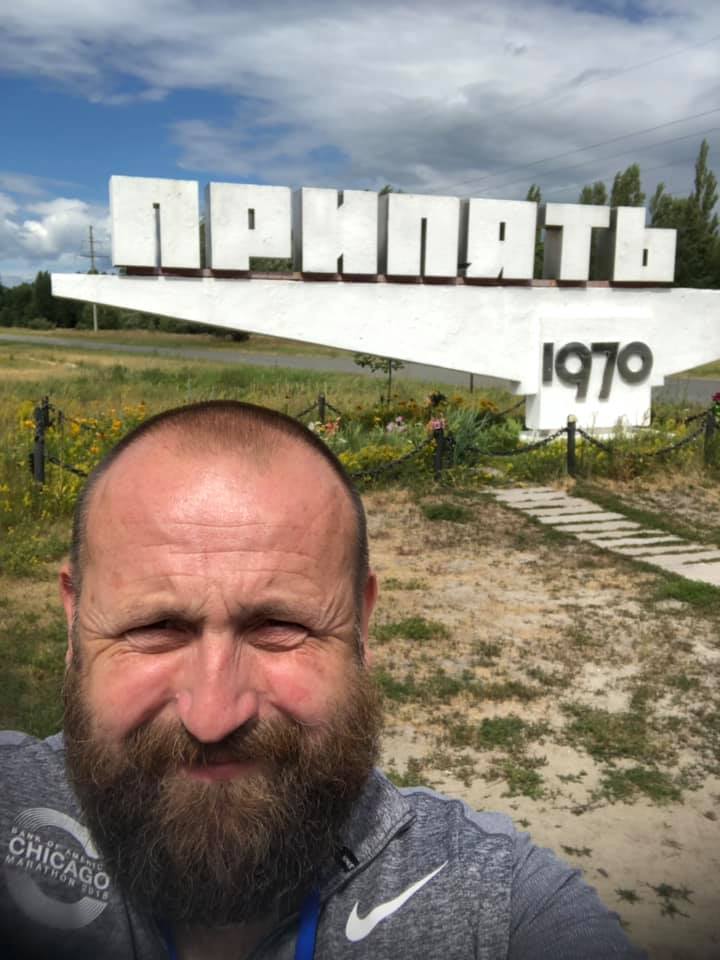
Could it happen again?
The answer is “almost certainly not”. As a consequence of public concerns about the Chernobyl, Fukushima, and Three Mile Island accidents, the Nuclear industry is the most regulated in the world. The problem is perhaps not safety itself, but that safety concerns have driven the industry towards a regulatory framework that stifles innovation.
In his book How to Avoid a Climate Disaster, Bill Gates says “It’s hard to see a future in which we can decarbonize our power grid affordably without using more nuclear power”. However, since Chernobyl, and especially since Fukushima, the Nuclear Industry is in decline, capacity is reducing as old plants are decommissioned faster than new ones are brought online.
Matt Ridley explains the reason for this in How Innovation Works: “the reason that we stopped building nuclear plants in the 1980s in most of the West is not from a fear of accidents, leaks or nuclear waste; it was instead because of the inexorable escalation of costs driven by regulation.”
He goes onto explain: “Nuclear power is a technology ill-suited to the most critical of innovation practices: learning by doing. Because each power station is so big and expensive, it has proved impossible to drive down cost by experiment. Even changing the design halfway through the construction is impossible because of the immense regulatory thicket that each design must pass through before construction. You must design a thing in advance and stick to that design or go back to square one.”
Enter the Digital Twin
Although I agree with Matt Ridley’s analysis, I also sincerely believe that, despite the excessive regulation, that digital twins (or “virtual reactor models”) offer the opportunity to overcome the constraints on innovation that have hampered the industry in recent years.
In a new white paper “Towards a Virtual Reactor“, I explain how it is possible to “try by doing” using fully functioning predictive models of a nuclear reactor. Using the digital twin improvements can be made and tested repeatedly, not only through manual iteration but by using a continuous process of improvement driven by artificial intelligence and machine learning. I demonstrate how digital twin technology will not only aid the innovation process but will also help overcome regulatory hurdles to licensing and commissioning, and ultimately lead to safer, more reliable nuclear reactors. I also argue that through adopting a digital twin (or virtual reactor) methodology, it is possible both to cut the design cycle for new nuclear technology in half and significantly reduce the cost of testing required to support licensing.
Finally, I explore how Simcenter digital twin technology is being applied in the design of Generation IV nuclear reactors such as those proposed by X-energy, Kairos Power, and TerraPower, and specifically investigate the computational fluid dynamics simulation of complex physics such as:
- Temperature prediction in pebble bed reactors
- Flow and heat transfer in novel coolants such as molten salt and metal
- Thermal striping
- Flow and thermal-induced vibration of fuel bundles


